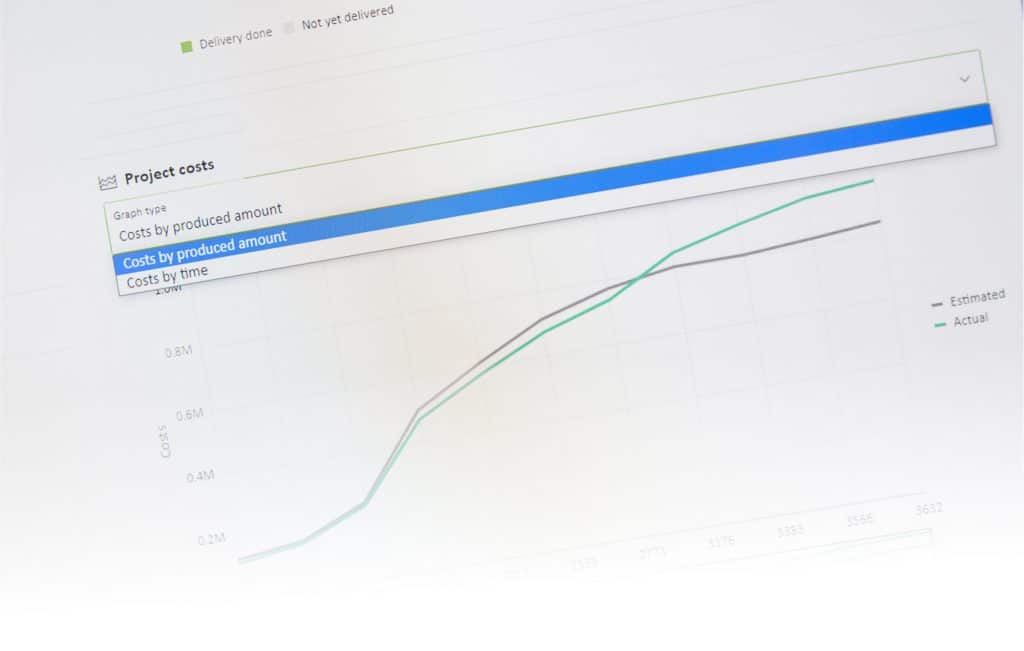Tracking costs starts with knowing how much you produce and what your labor costs are. In wall production, tracking the cost per project is challenging because of the variety in orders. Manufacturing decorative, structural or graphic concrete wall panels has more phases and takes more time than making basic gray wall elements, for example. Tracking the cost per project is more complex than just calculating the labor costs and the number of panels manufactured.
Digital systems, which allow the information to immediately be analyzed and reported, are more effective than paper tracking. The easiest way to track cost is through a time management and payroll system. When an employee starts working, they mark the project, product or phase they are working on.
A good rule of thumb when it comes to cost tracking: if you start from the bottom-up, you can always get the top-level information, but if you collect data only on the top level, you won’t be able to analyze the product or phase level costs.
Project level tracking
Are your projects profitable or even viable? What is the actual project-related costs: at what price have the products been sold vs the actual production costs? Total cost estimation is usually included in the offer. Conducting a post-project review helps analyze the pricing structure for current and future projects: should we keep selling something like this at this price?
Without knowing the project level costs, you can’t tell if your individual projects are profitable, only if the company is, and it is difficult to locate possible problems or bottlenecks.
Product level tracking
Wall production involves a variety of elements, some of which are more expensive to produce than others. Knowing the cost-per-product would help you price projects correctly (and more profitably), instead of selling everything at a general mean price.
If you know the cost on project and product levels, you already have a good insight into your overall production costs and how the costs are divided between projects and products.
Phase level tracking
If you need to get more detail into product level cost, you can calculate the cost for each phase of the production, such as steel reinforcements, molding, pouring, etc. This can be done by tracking working hours.
Tracking the different production phases could help optimize both the process and costs by helping you identify bottlenecks and challenges.
What to consider in cost tracking
There’s no one-size-fits-all solution. Each factory needs to consider what is the level of cost tracking that most benefits them. Tracking cost on the project level is always a good start. There should also be a balance between the benefits of the cost tracking and the resources put into the tracking: how much data is actually needed and who will analyze it? Automation might help make accurate data available fast, but how to analyze and process the results is another thing.
Cost tracking on a project level can be integrated with a workhour system. Tracking costs by project phases takes more time and requires more information and input at the employee-level. In any case, collecting information has to fit within the company culture and factory processes.
